Managing our musculoskeletal health
We physically feel the effects of ageing, particularly when it comes to our joints and bones. But what exactly do we need to know about our musculoskeletal health? What’s the science behind the changes, and how can we manage it?
FutureYou Cambridge’s Dr Max Gowland tells us everything we need to know about managing our musculoskeletal health, which includes our bones, muscles, and joints.
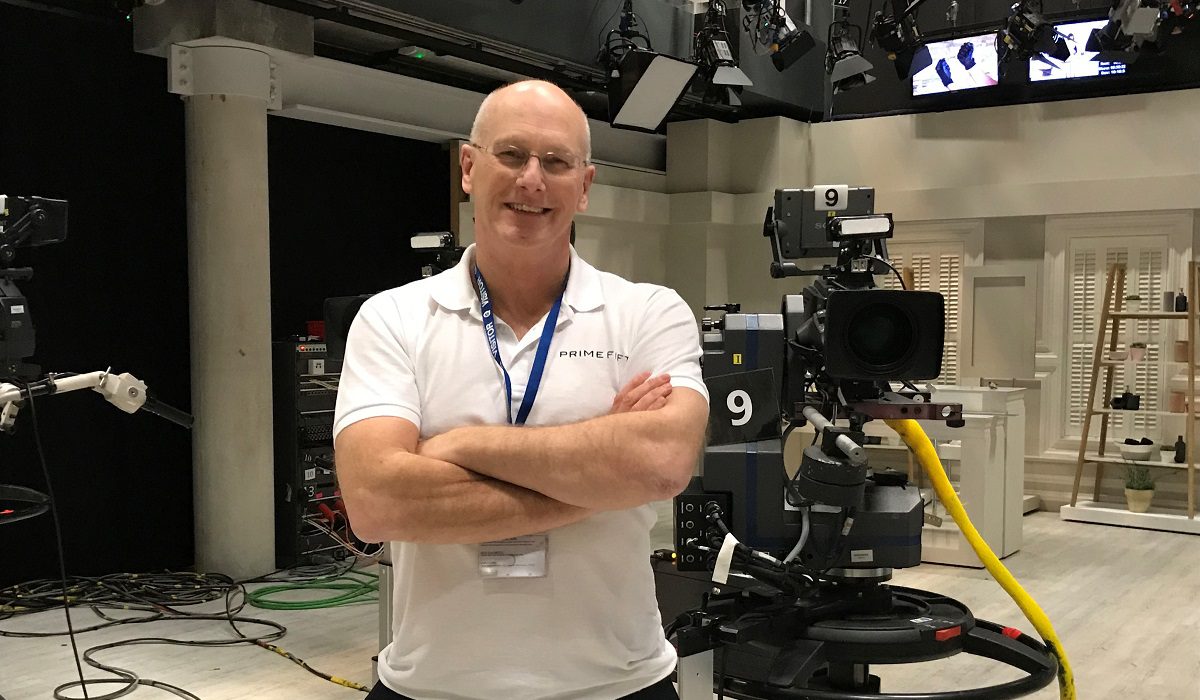
Dr Max Gowland
Muscle mass
What happens?
We tend to lose a significant amount of muscle mass as we age. Scientific data (Breen et al, 2007) shows that we lost around 1-2% of our muscle mass each year once we reach our mid-forties. This means that by the time we’re in our mid-sixties, we will have lost around 25% of our total body muscle.
This process is scientifically named ‘sarcopenia’, and it is a completely normal – albeit unhealthy – part of ageing. This muscles loss speeds up as we age, and can become a real health issue if we don’t do something about it.
To put this into perspective, recent clinical trials show that, when immobile for 28 days, a middle-aged person may lose around 400 grams of muscle tissue from their legs. This compares to a shocking kilogram of muscle being lost from a seventy-year-old’s legs when inactive for just three days. This shows how prone we are to losing valuable, healthy muscle tissue as we age, especially if we fail to exercise.
What causes it?
Many of us cease to exercise regularly once we reach 50, and this sedentary behaviour therefore gets worse, causing a reduction in muscle mass. Another factor affecting this is our intake – or lack thereof – of protein in our diet.
How can we manage it?
Muscle is largely protein-based in nature, and so it needs a daily influx to rebuild lost muscle protein. The latest science shows we need around 100 grams of high-quality protein per day in order to combat the accelerated loss of muscle as we age.
Exercise has been proven time and time again to significantly improve our overall health, so it’s important to incorporate regular activity into your routine.
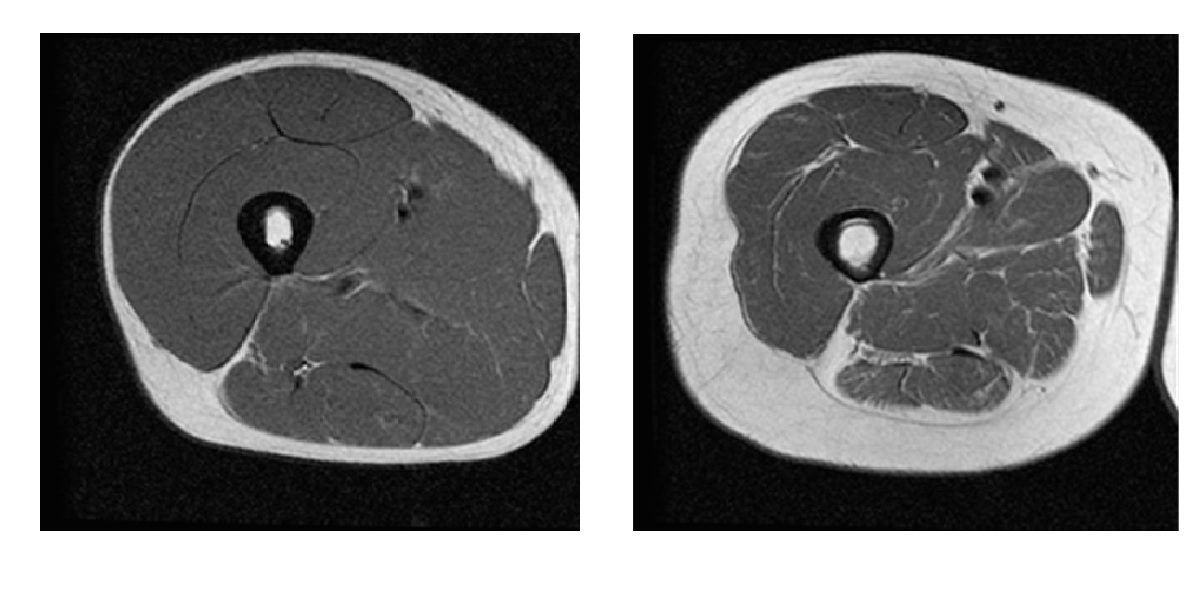
Left: muscle mass of a 25-year-old
Right: muscle mass of a 63-year-old
Bone density
What happens?
Our bones encounter a significant loss of density – which equals strength – as we age. Our maximum bone strength occurs just after we reach 30 years old, so those of us who have failed to maximise our bone strength by this time will be more prone to problems later in life. Osteoporosis is loss of strength and bone density, as the bone becomes more porous.
What causes it?
Women are much more prone to losing bone density as they enter the menopause, as their oestrogen and progesterone levels fall quickly. Around 50% of women will suffer from osteoporosis at some time. Weakened or ‘brittle’ bones leads to a higher risk of fractures, particularly in the hips.
How can we manage it?
Avoiding low calorie diets is key – it’s important to consume plenty of protein and calcium. Partaking in weight-bearing exercises is also a good idea for building healthy bones. Vitamin D and collagen supplements are also recommended for strengthening our bones.
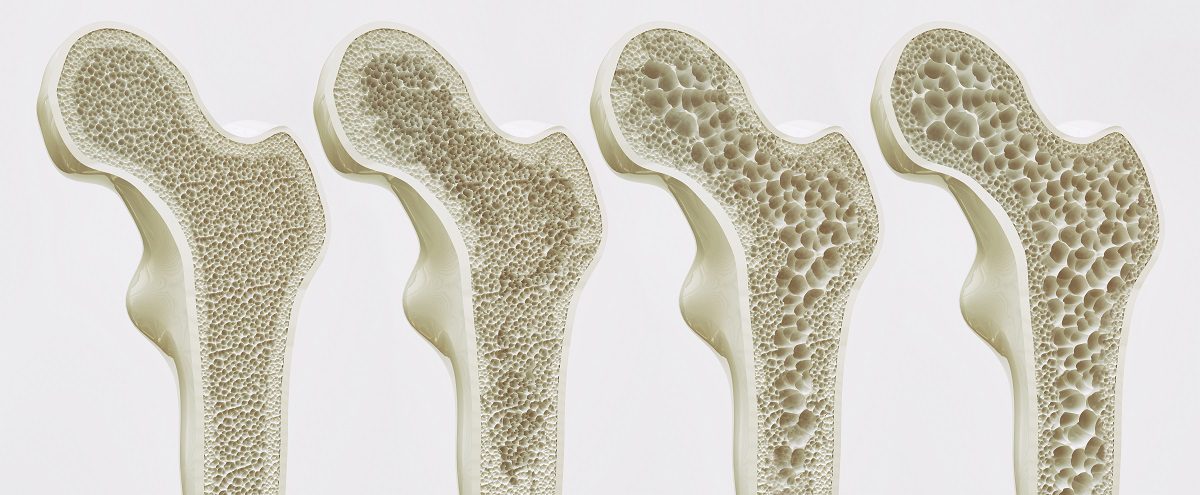
Bone density loss
Joint health
What happens?
Our joints play a significant part in what causes us pain and slow us down. According to NHS data, 50% of adults have already sought medical attention for a variety of joint problems. This is an area which can cause incapacitation in so many people, especially if the individuals struggle to keep their joints moving.
What causes it?
Our joints can sometimes be stiff and sore due to inflammation, which in turn can result in us becoming sedentary. In turn, if we fail to keep moving, we can enter the vicious cycle in which we fail to exercise enough, causing our joints to become worse. This can lead to losing healthy muscle tissue. There are people who give up on their joints and fail to stay active, leading to early onset frailty.
Our muscles require daily protein to just maintain existing muscle tissue – a failure to consume enough protein a day will speed up muscle decline.
How can we manage it?
Exercising is the key to maintaining our musculoskeletal health as we age. It is the ‘silver bullet’ to all-round health and wellness, but it does take some effort.
Ensuring we eat enough protein is key. One of the main problems with this is actually trying to eat enough protein. The recommended daily intake is 100 grams, which is the food equivalent of around four chicken breasts or 18 eggs. This is why supplementation is a good idea.
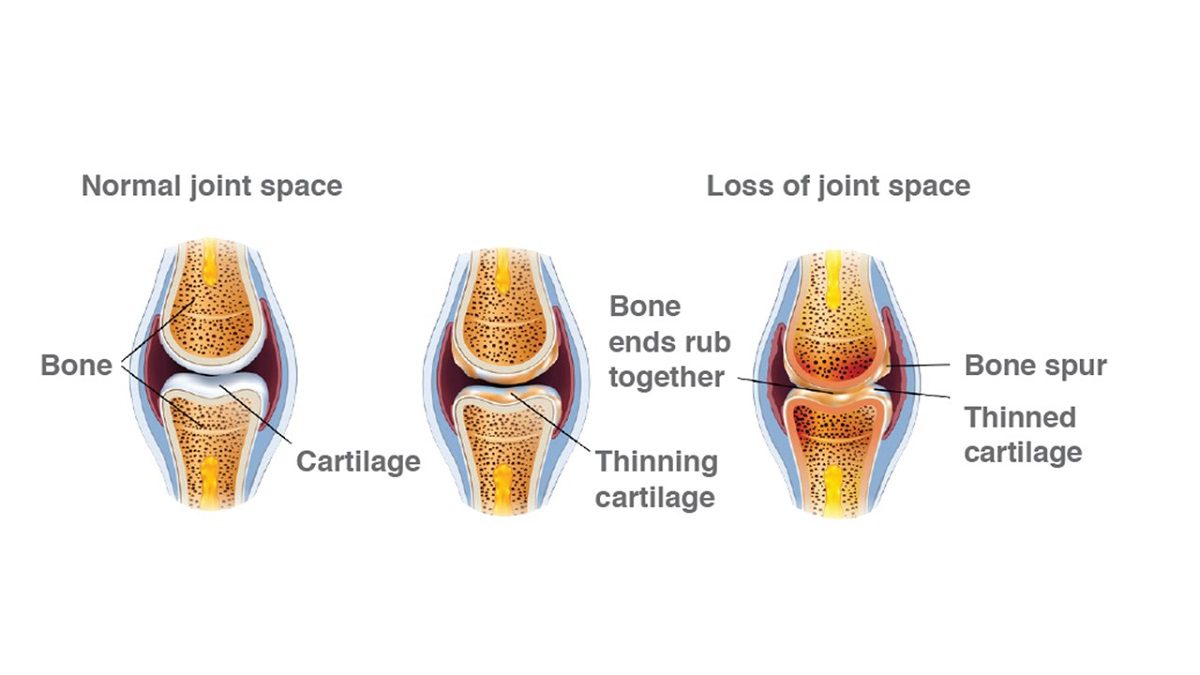
Osteoarthritis explained
Significant supplements
Supplements like these below from FutureYou Cambridge containing Vitamin D are also beneficial for muscle health, though we are virtually all failing to get enough Vitamin D from both our di
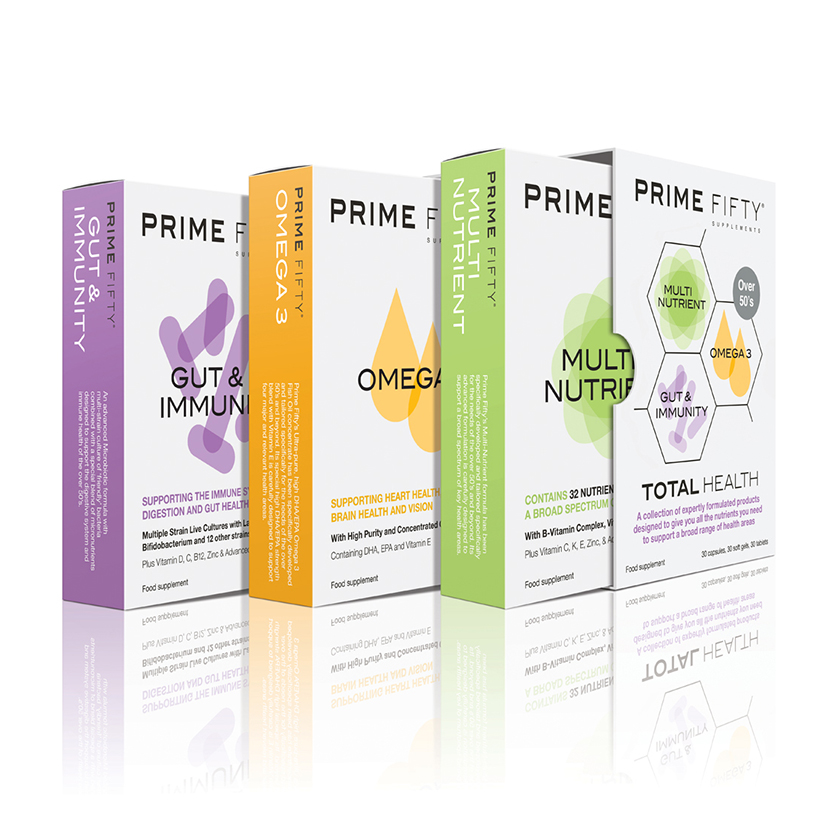 et and sunlight at the moment.
et and sunlight at the moment.
Zinc and magnesium are also needed for protein synthesis, so these are worthwhile supplements to maximise your muscle health.

Carly gets to do everything under the sun, including writing, editing, taking photos, creating stories, and swanning around at launches. She can down a glass of Prosecco without pausing for breath, and aims to be the youngest Pulitzer winner ever.

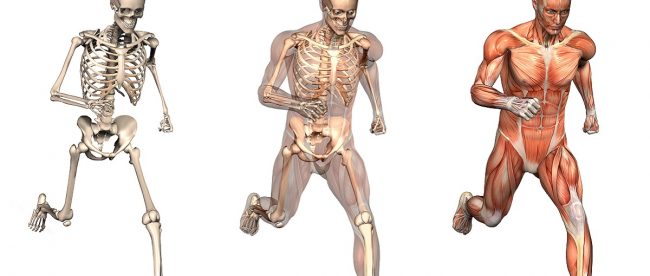

Leave a comment